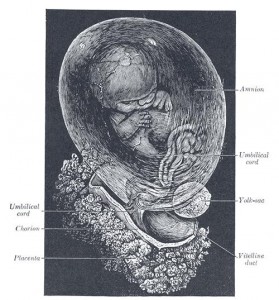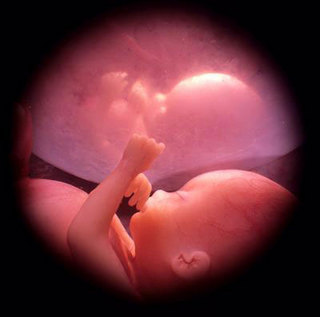New study: unborn baby experience pain during first trimester
A new study is suggesting unborn babies in the first trimester may experience pain.
The scientific journal Cell, in a study etitled “Tridimensional Visualization and Analysis of Early Human Development,” published in March, sheds light on the advanced neurological development of the unborn.
Although the study comes to no definitive conclusion, embryologists now have a clearer picture of the extent of nerve development at early stages of gestation — a greater level of development than previously thought. (Emphasis added, the Dispatch)
The study says that “adult-like pattern of skin innervation is established before the end of the first trimester, showing important intra- and inter-individual variations in nerve branches.”
Later they added that “Sensory nerves and their branches in the hands of 14 embryos and fetuses were reconstructed in 3D using Prph” detailing the process of examining the nerves in each hand.
The medical field has had much to say on the science of fetal pain, including as the unborn child moves in response to external stimuli such as touch as early as eight weeks.
“The fetus starts to make movements in response to being touched from eight weeks, and more complex movements build up as detected by real time ultrasound over the next few weeks,” said Vivette Glover of the Imperial College London in 2004.
After noting the incredible advancements in 3D and 4D imaging, the study “the main limitations of our method are the availability of human embryos, the number of antibody combinations (a maximum of four at this time), the compatibility of the antibodies with our protocol (Table S1) and the storage of large size light-sheet image datasets. Nevertheless, the spectrum of future investigations and applications of this method in the field of embryology and fetology are countless.”
“Our work shows that it should be possible in the near future to build a reference 3D atlas of the developing human. As a first step in this direction, all our 3D datasets are made available on a dedicated website (https://transparent-human-embryo.com/) that will also serve as a repository for additional embryology 3D data generated from our laboratory and others. This reference 3D atlas of the developing human and specific organs and systems not only represents a powerful educational online tool for researchers, educators, and students worldwide, but will allow 3D printing of anatomical models for didactic purposes in health sciences education programs.”
READ MORE HERE
















